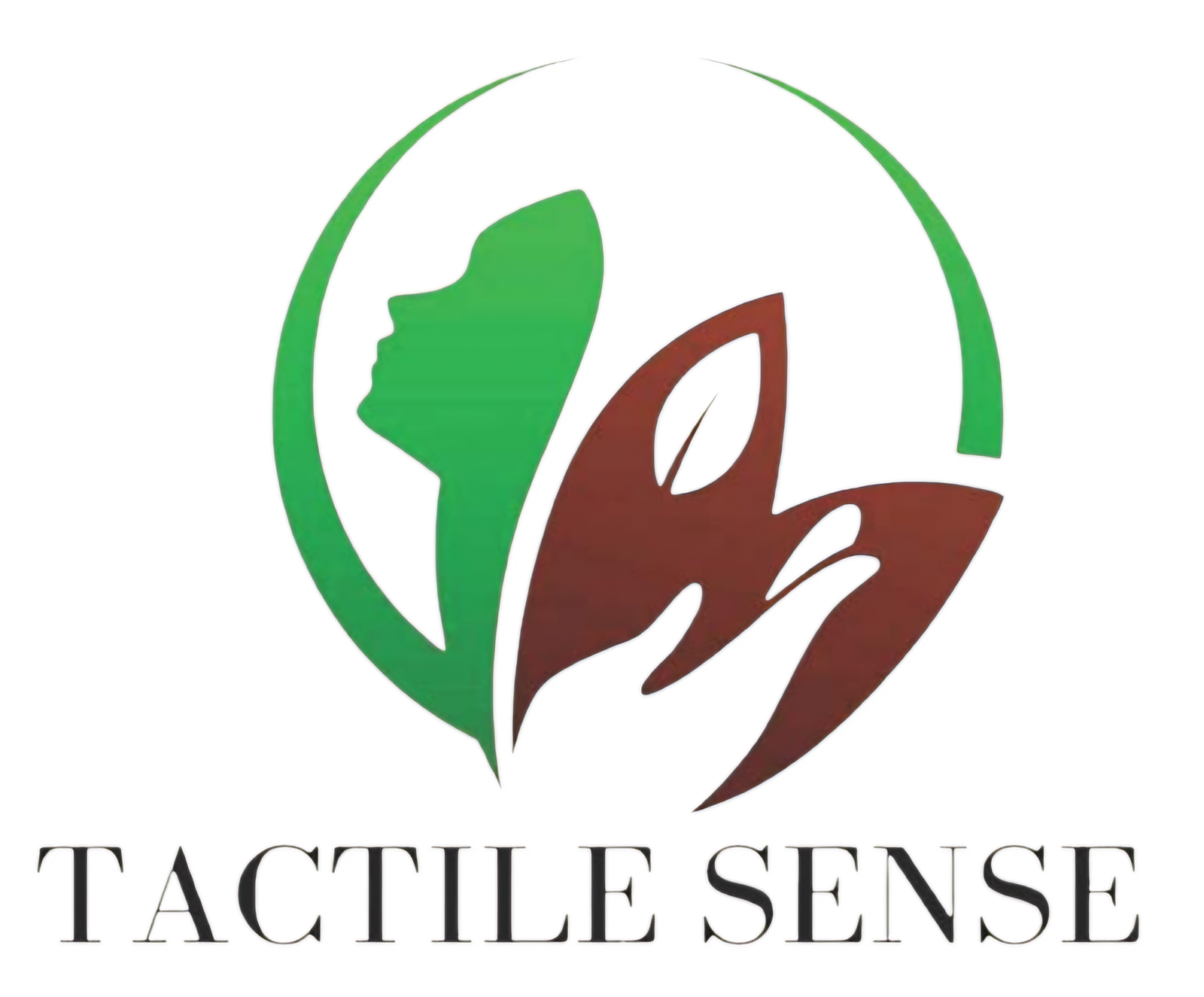It was developed as a universal skin classification system in 1975 to numerically classify how skin reacts to sun or UV exposure, by a Harvard Dermatologist named Thomas B. Fitzpatrick.
In general, it is mostly used by dermatologist to determine how your skin reacts to aesthetic treatments like chemical peels. It is numerically classified as Type I, II, III, IV, V, and VI. The higher the number, the more sensitive they are to chemical peels.
Since Chemical Peeling is inducing a controlled injury or inflammation to the skin, the higher Fitzpatrick Scale numbers (darker skin) the more prone to develop adverse reactions such as Post Inflammatory Hyperpigmentation (PIH), Post Inflammatory Hypopigmentation, and Scarring.
The scale should be your guide or reference point to use to get a better idea of what treatment strength can be used safely, and avoiding adverse reactions as much as possible.
You just need to make sure you start with an appropriate treatment peel for your skin type and not to start with aggressive peel. Why? FOR YOUR SAFETY!
REMEMBER!
The higher Fitzpatrick Scale, the more sensitivity, the more inflammation, and the more adverse reactions
FITZPATRICK SKIN TYPES


